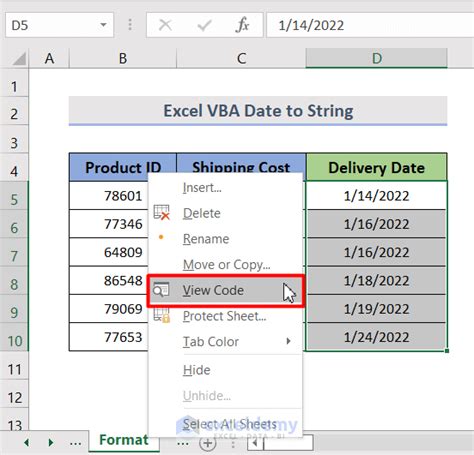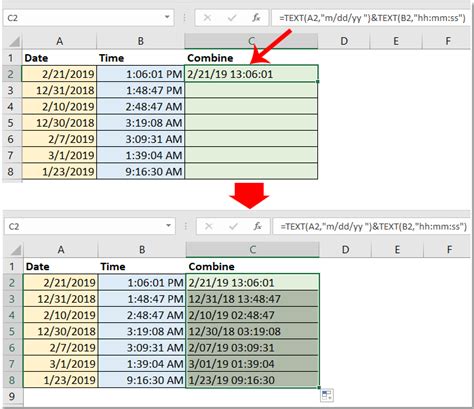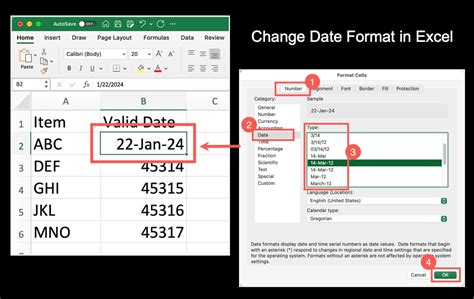In the world of Microsoft Excel, working with dates can be a bit tricky, especially when you have to convert numbers into dates. Whether you're dealing with serial numbers representing dates or numbers in a specific format that you need to transform into a recognizable date format, Excel provides several formulas and functions to make this process easier. In this article, we'll delve into the various methods and formulas you can use to convert numbers into dates in Excel, making your data analysis and management tasks more efficient.
Understanding Date and Time in Excel
Before diving into the conversion formulas, it's essential to understand how Excel stores dates and times. Excel represents dates as serial numbers, starting from January 1, 1900, which is assigned the serial number 1. Each subsequent day increments this number by 1. For times, Excel uses a fraction of a day to represent hours, minutes, and seconds. This understanding is crucial for accurately converting numbers into dates.

Converting Serial Numbers to Dates
If you have a column of serial numbers that you want to convert into a date format, you can use the following approach:
- Select the Cell: Choose the cell containing the serial number you want to convert.
- Apply Number Formatting: Right-click on the cell and select "Format Cells" or use the shortcut Ctrl + 1.
- Change Number Format: In the Format Cells window, navigate to the Number tab, and then select Date from the list of categories.
- Choose Date Format: Select your desired date format from the available options.
Alternatively, if you want to convert the serial number to a date without changing the original cell's format, you can use the TEXT function:
=TEXT(A1, "mm/dd/yyyy")
Replace A1 with the cell containing your serial number, and adjust "mm/dd/yyyy" to your preferred date format.

Converting Numbers in Specific Formats to Dates
Sometimes, you might have numbers in a format like 20220101 or 123456 that you need to convert into a date format. The approach depends on the format of your numbers.
For Formats Like YYYYMMDD
You can use the DATE function combined with the RIGHT, MID, and LEFT functions to extract the year, month, and day parts of the number and convert them into a date:
=DATE(LEFT(A1,4),MID(A1,5,2),RIGHT(A1,2))
Replace A1 with the cell containing your number.
For Formats Like DDMMMYYYY
You might need to use a combination of functions or VBA to convert this format into a date, as there's no straightforward formula for such a conversion.

Using VBA for Complex Conversions
For more complex number formats or when dealing with a large dataset, you might find it more efficient to use VBA macros to perform the conversion. VBA allows for more flexibility and can automate the process for you.
Here's a basic example of how you could convert numbers in the format YYYYMMDD to dates using VBA:
Sub ConvertNumbersToDate()
Dim ws As Worksheet
Set ws = ThisWorkbook.Sheets("Sheet1")
Dim cell As Range
For Each cell In ws.Range("A1:A" & ws.Cells(ws.Rows.Count, "A").End(xlUp).Row)
If IsNumeric(cell.Value) Then
cell.Value = DateSerial(Left(cell.Value, 4), Mid(cell.Value, 5, 2), Right(cell.Value, 2))
End If
Next cell
End Sub
Remember, this script needs to be adjusted based on your specific data and sheet structure.

Conclusion and Next Steps
Converting numbers to dates in Excel can range from simple formatting changes to using specific formulas or even VBA for more complex scenarios. Understanding how Excel stores dates and times is key to successfully performing these conversions. By mastering these techniques, you'll be able to manage your data more effectively and make your workflow more efficient.
We encourage you to experiment with the methods described here and explore other Excel functionalities to enhance your productivity.
Date Conversion Gallery










